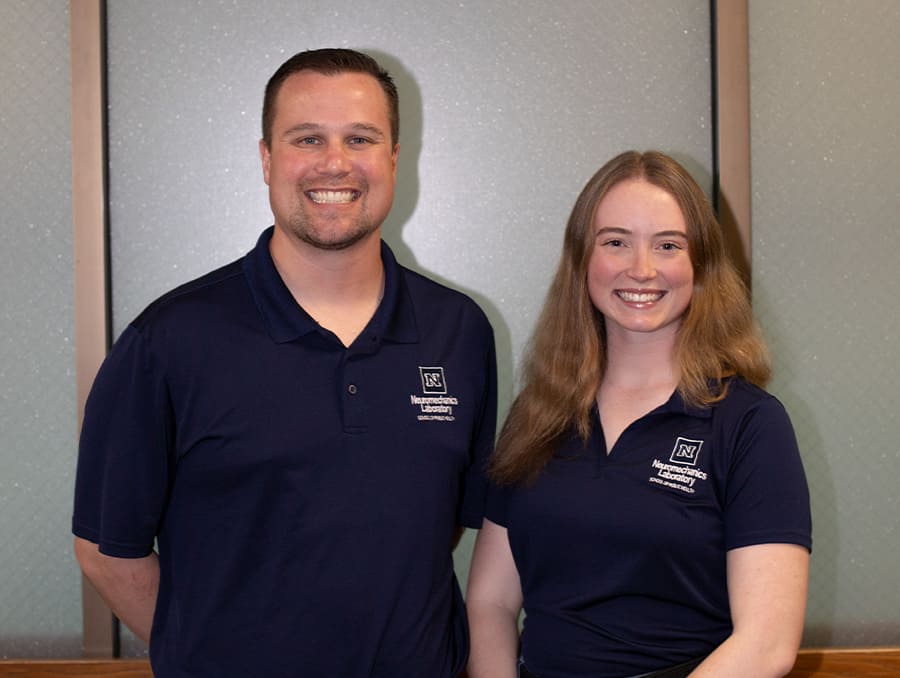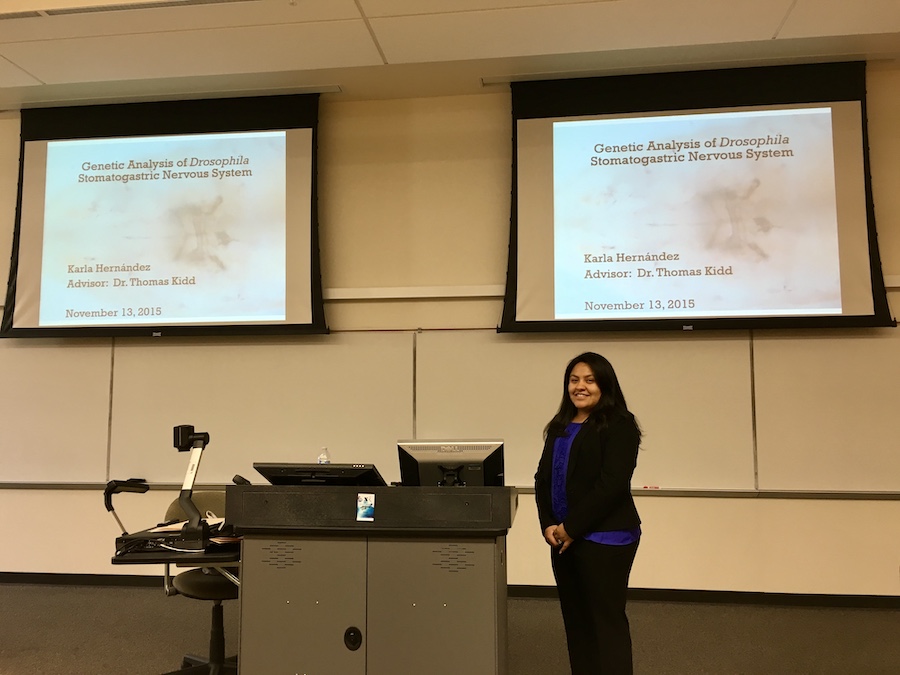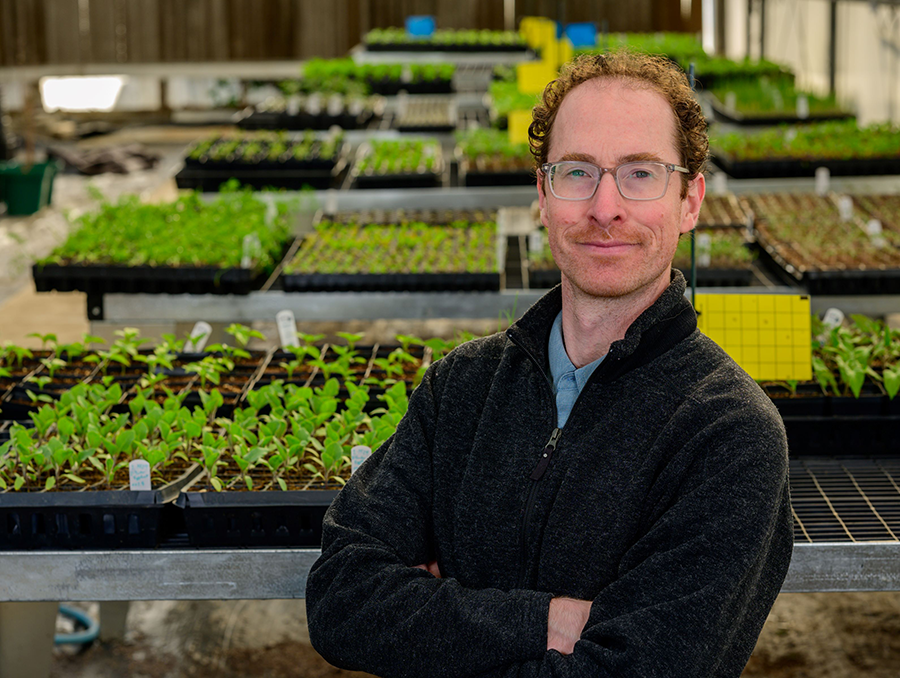The University of Nevada, Reno announced today it has received Leadership in Energy and Environment Design (LEED) Silver certification by the U.S. Green Building Council for the Marguerite Wattis Petersen Athletic Academic Center. The 8,300-square-foot center is the first LEED accredited building constructed on the University campus.
LEED is a green building rating system established as the national standard for design, construction and operation of high performance “green” buildings. LEED gives building owners the tools necessary for measurable impact on their buildings’ performance.
“We are proud to have achieved the Silver certification for this new building,” University President Milt Glick said. “Each building we open sets a legacy for the future. This center signals our commitment to student success as well as to the environment. Green building practices are important for many reasons, and our students have told us these legacy practices are particularly meaningful to them.”
The $6.6 million facility features seven tutorial rooms for private and group study, a 38-workstation computer lab and a 2,000-square foot study center plus offices for instructors and staff. Its exterior design also contributes to improved handicapped accessibility in and around the athletic complex. The facility was designed by WorthGroup Architects and constructed by The PENTA Building Group.
“This is a wonderful facility for a multitude of reasons and the LEED Silver certification is significant,” Athletics Director Cary Groth said. “Also, the functionality of this facility is synonymous with the core values of our mission statement as an athletics department. I want to congratulate WorthGroup and PENTA for their achievements with this building.”
The center is one of just three LEED certified projects in the City of Reno, joining the Patagonia Distribution Center and a U.S. Department of Veterans Affairs facility. The University has a second LEED registered project at the 4-H Camp in Stateline.
This is the first LEED certified project for PENTA.
“The Athletic Academic Center is a great addition to the campus for several reasons,” said Lou Primak, area manager for PENTA. “Not only will this new facility play an important role in linking athletics and academics, but it also represents the University’s commitment to LEED design and construction standards.”
WorthGroup Architects, a local advocate of sustainable design, led the distinctive design of the Petersen Center in consultation with Incline Village-based SEED, Inc.
“The University’s intention is to incorporate sustainable design elements in all construction projects,” said Jim Mickey, WorthGroup’s principal architect for the project. “It is a philosophy that we share and we are proud of the accomplishments of this project.”
To achieve the U.S. Green Building Council requirements for LEED silver certification, the Petersen Center encompassed LEED ideals ranging from site placement through final commissioning. As one example, 75 percent of all spaces utilize natural daylight as the primary lighting source. LEED design went beyond architecture, also encompassing lighting and mechanical design through controllability of lighting systems and thermal comfort. Additional design elements follow:
Materials were selected based on recycled content and low VOC’s.
By utilizing an existing parking and roadway area, the project avoided development of inappropriate sites reducing environmental impact, developed density within the campus setting, and protected surrounding green spaces.
No additional parking was added and it was placed along a bus route with bicycle racks to encourage and accommodate non-vehicular transportation.
Building materials from around the site were recycled. For example, all of the asphalt from the parking lot as well as the bricks from the former ticket office were ground up and used for dirt fill around the building. This reduced the need for additional dirt to be moved in.
The pavers on the plaza were placed to reduce water use for the area surrounding the building while providing a drainable surface for rain water.
There is an energy management system to monitor temperature in the building. By tracking both the exterior and interior temperatures, the system can regulate how much fresh outside air can by used to either heat or cool the building as temperatures change by day and by season.
A single-ply, reflective membrane composes 75 percent of the roof. This system allows the heat to reflect from the building thus reducing the demand for air conditioning in the summer months.
The exterior walls contain an insulated concrete foam material that provides an additional layer of insulation and air tightness. This allows the building to retain heat in winter and cool in summer.
All of the building materials came from within a 500 mile radius of the project site.
“Building operations are nearly 40 percent of the solution to the global climate change challenge,” said Rick Fedrizzi, president, CEO and founding chair of U.S. Green Building Council. “While climate change is a global problem, innovative institutions like the University of Nevada are addressing it through local solutions.”
The specific design elements of the Petersen Center resulted in both energy (20.8 percent) and water savings (29.6 percent).
The Petersen Center is part of the E.L. Cord Foundation Athletic and Academic Performance Complex, which also encompasses the Roger B. Primm Sports Medicine and Strength Center.
The U.S. Green Building Council is a nonprofit membership organization whose vision is a sustainable built environment within a generation. Its membership includes corporations, builders, universities, government agencies, and other nonprofit organizations. For more information about the council and the LEED Green Building Rating System, visit usgbc.org.











